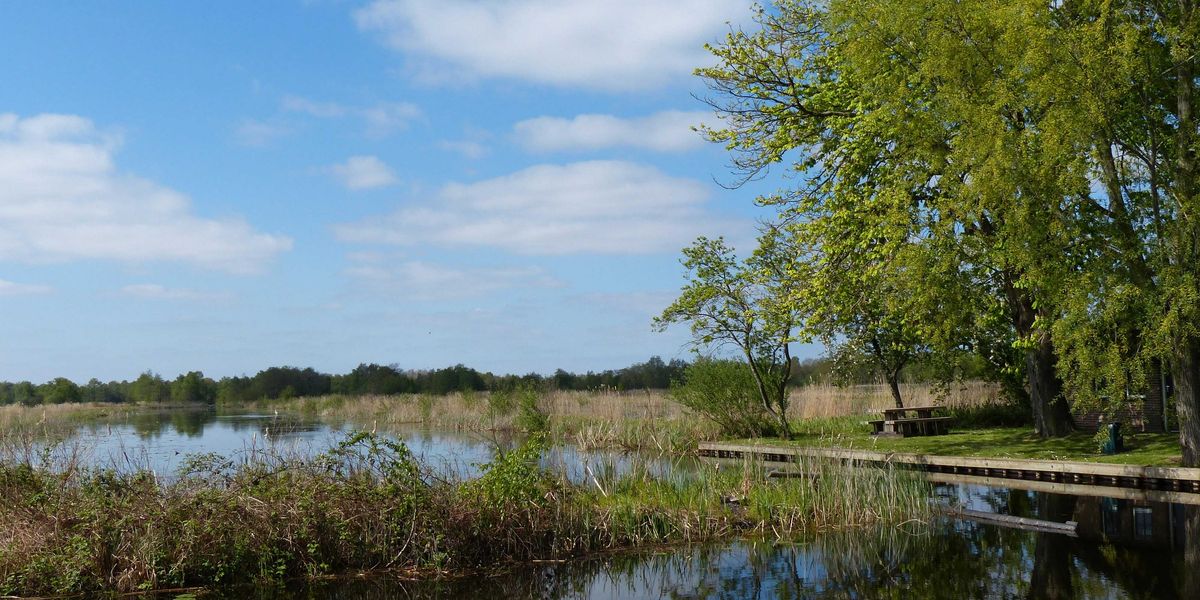world resources institute
Texas takes a giant leap in carbon capture
Texas is set to host a facility aimed at significantly reducing atmospheric CO2.
In short:
- Texas-based 1PointFive is developing Stratos, a direct air capture plant, to remove 500,000 metric tons of CO2 annually by 2025, dwarfing current capabilities.
- Direct air capture technology, though costly and energy-intensive, is scaling up globally with more than 100 plants in development, driven by government incentives and the urgent need to reduce atmospheric CO2.
- The technology faces challenges in cost, energy requirements, and scaling to meet the International Energy Agency’s targets for CO2 removal to combat global warming effectively.
Key quote:
"It’s technologically feasible, [but] are all the policies ready? Is the financing there? Are people supportive?”
— Katie Lebling, World Resources Institute analyst
Why this matters:
The appeal of direct air capture lies in its potential to tackle emissions from hard-to-decarbonize sectors and its ability to reduce atmospheric concentrations of CO2, not just slow their growth. However, the technology is still in its infancy, with high costs and energy requirements posing significant challenges to its widespread adoption.
Seth Mullendore argues that those holding up carbon capture and hydrogen as new climate solutions are leading us down the wrong path.
Can planting a trillion new trees save the world?
Deforestation is high, despite COP26 promises
John Reid, Thomas E. Lovejoy: The Glasgow deforestation pledge isn't enough to save our forests
Tropical forest destruction accelerated in 2020
A season of fire tests Indonesia's efforts to curb deforestation
Do improvements seen the past few fire seasons have more to do with the weather and less with policy changes and better enforcement of environmental laws?










